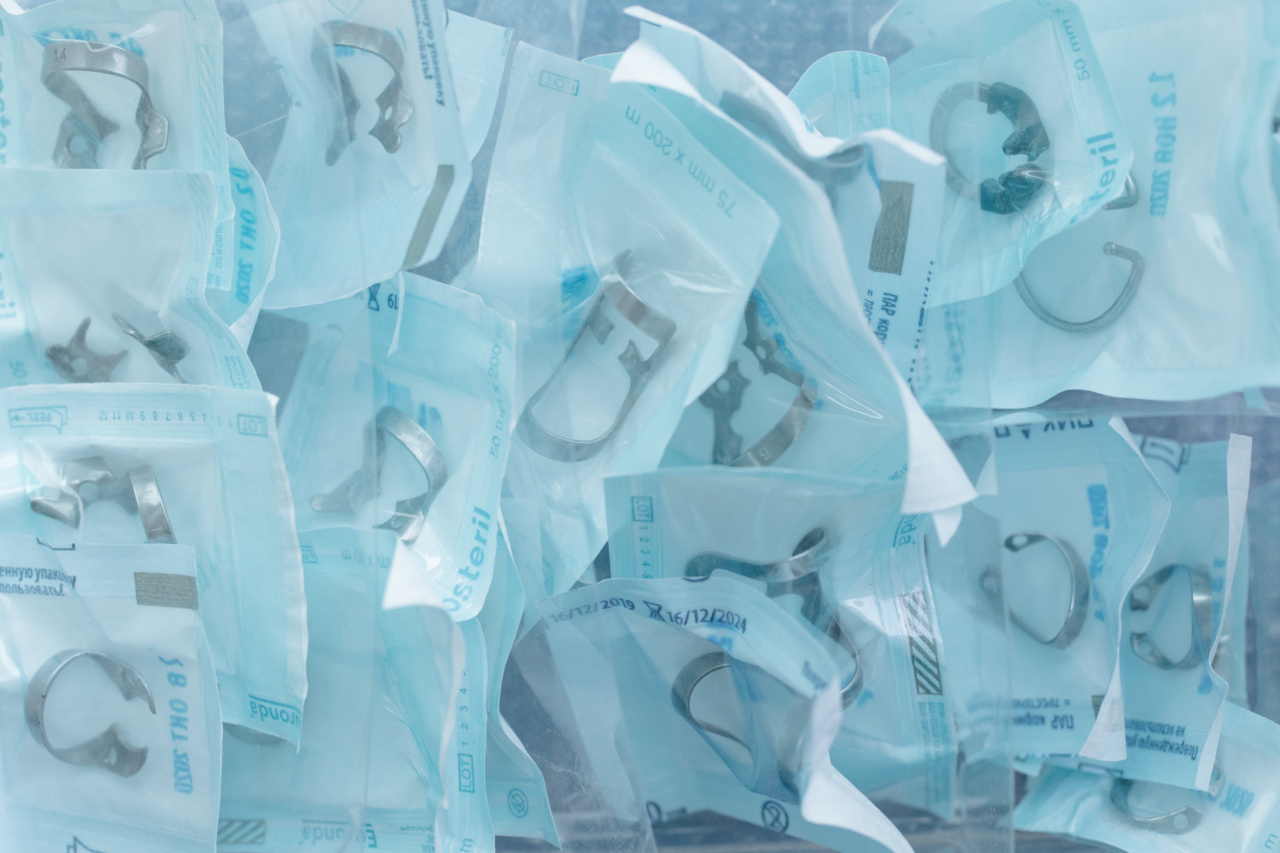Plastic surgery has seen a significant rise in popularity over the years, with people opting for various procedures to enhance and transform their appearance.
While plastic surgery can bring about life-changing results, it is crucial to prioritize safety when considering such procedures. Whether you are considering a facelift, breast augmentation, or any other type of plastic surgery, it is essential to be well-informed and take steps to ensure a safe experience.
In this article, we will discuss some tips that can help you have a safe and successful plastic surgery procedure.
1. Choose a Qualified and Experienced Surgeon
The first and most critical step in ensuring a safe plastic surgery procedure is selecting a qualified and experienced surgeon.
Take the time to research and find a board-certified plastic surgeon who specializes in the specific procedure you are interested in. Do not hesitate to ask for credentials and certifications to verify their expertise.
Additionally, it is advisable to schedule a consultation with the surgeon before making any decisions.
During this meeting, discuss your goals, ask questions about the procedure and its potential risks, and ensure that you feel comfortable and confident with the surgeon’s expertise. Remember that communication and trust between you and your surgeon are fundamental for a successful outcome.
2. Understand the Risks and Limitations
Every surgical procedure comes with a certain degree of risk. It is crucial to understand the potential risks and complications associated with the specific plastic surgery procedure you are considering.
Educate yourself about the procedure, including its limitations, potential side effects, and the recovery process.
While it may be tempting to focus solely on the benefits and desired outcomes, acknowledging and accepting the risks is essential for making an informed decision.
Your surgeon should provide you with detailed information about the procedure and answer any questions you may have regarding potential complications.
3. Follow Pre-Operative Instructions
Prior to your plastic surgery procedure, your surgeon will provide you with pre-operative instructions. These instructions are designed to prepare your body for the surgery and minimize any risks or complications.
It is crucial to follow these instructions strictly to ensure the best possible outcome.
Pre-operative instructions may include dietary guidelines, discontinuing certain medications, quitting smoking, or avoiding alcohol consumption.
By following these instructions, you can significantly reduce the chances of complications during and after the procedure.
4. Discuss Your Medical History
It is essential to provide your plastic surgeon with a comprehensive medical history to minimize potential risks.
Inform your surgeon about any pre-existing medical conditions, allergies, previous surgeries, medications you are taking, and any habits such as smoking or excessive alcohol consumption.
Your surgeon needs accurate and up-to-date information to evaluate your candidacy for the procedure and identify any potential complications that may arise due to your medical history.
Being transparent about your medical background ensures your safety throughout the process.
5. Consider the Operating Facility
The safety of your plastic surgery procedure also depends on the operating facility where the surgery will take place. Ensure that the facility is accredited and meets the necessary safety standards.
Accredited facilities maintain strict protocols for equipment sterilization, staff qualifications, and emergency preparedness.
During your consultation with the surgeon, ask about the facility where the procedure will be performed. It is essential to feel comfortable and secure with the facility’s environment and the medical professionals involved in the operation.
6. Anesthesia Safety
Anesthesia plays a vital role in plastic surgery procedures. Whether it is local anesthesia, general anesthesia, or conscious sedation, there are risks associated with each type.
It is essential to discuss anesthesia options and potential risks with your surgeon and the anesthesiologist.
Make sure you disclose any known allergies or adverse reactions to anesthesia, medications, or other substances.
This information will help the anesthesiologist choose the most suitable anesthesia method for you and ensure your safety throughout the procedure.
7. Have Realistic Expectations
One of the keys to a safe and satisfying plastic surgery experience is having realistic expectations.
It is crucial to understand that plastic surgery can enhance your appearance, boost confidence, and improve self-esteem, but it cannot completely change your life or solve personal issues.
Discuss your goals and expectations openly with your surgeon and ask for their professional opinion. They can provide you with a realistic idea of what can be achieved through the procedure.
Having realistic expectations can help you avoid disappointment and ensure a safer experience.
8. Plan for a Smooth Recovery
Ensuring a safe plastic surgery procedure extends beyond the operating table. Planning for a smooth recovery is just as important.
Follow your surgeon’s post-operative instructions diligently to reduce the risk of complications and promote optimal healing.
Arrange for someone to accompany you on the day of the surgery and drive you home afterward. Create a comfortable and relaxing recovery space at home and stock up on necessary supplies such as medications, bandages, and healthy meals.
Taking care of yourself during the recovery period is crucial for a safe and successful outcome.
9. Don’t Rush the Decision
Choosing to undergo plastic surgery is a significant decision that should not be rushed. Take your time to consider all aspects, weigh the potential risks and benefits, and have realistic expectations.
Do not let external pressures or trends push you into making a hurried decision.
If you have any doubts or unanswered questions, schedule additional consultations with your chosen surgeon or seek alternative professional opinions. It is essential to be fully informed and confident before proceeding with the surgery.
Remember that your health and safety should always take precedence.
10. Listen to Your Surgeon
Finally, one of the most important tips to ensure a safe plastic surgery experience is to listen to your surgeon. They are the experts in their field and have your best interests at heart.
Take their advice seriously, whether it pertains to pre-operative preparations, choosing the right procedure, or following post-operative care instructions.
Trust your surgeon’s recommendations and rely on their expertise. Establish open and honest communication with them, and don’t hesitate to ask any questions or express any concerns you may have.
By working together with your surgeon, you can ensure a safe and successful plastic surgery procedure.
























